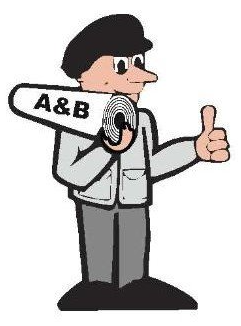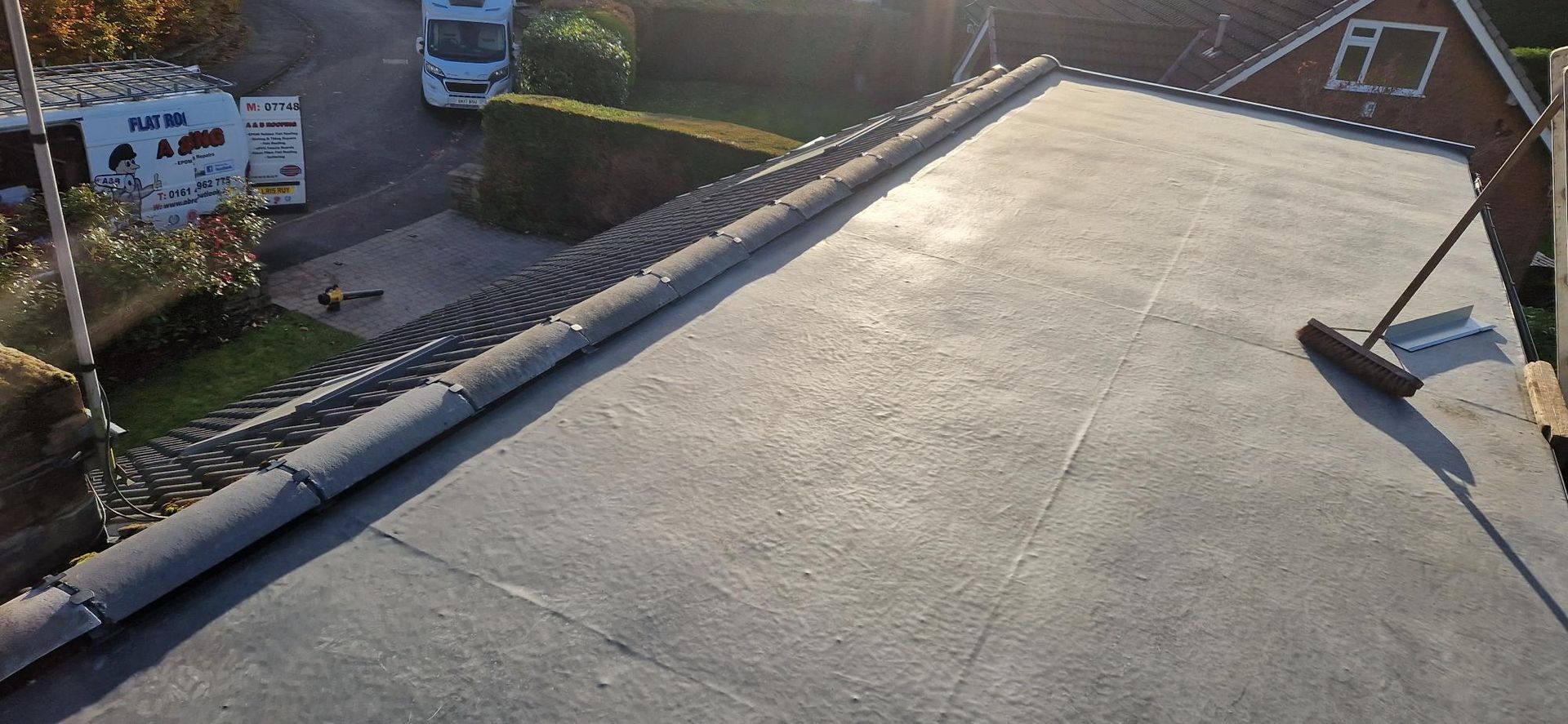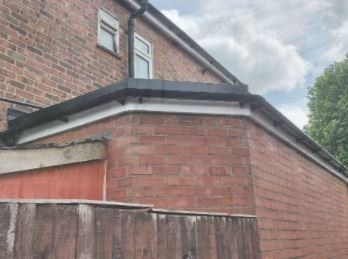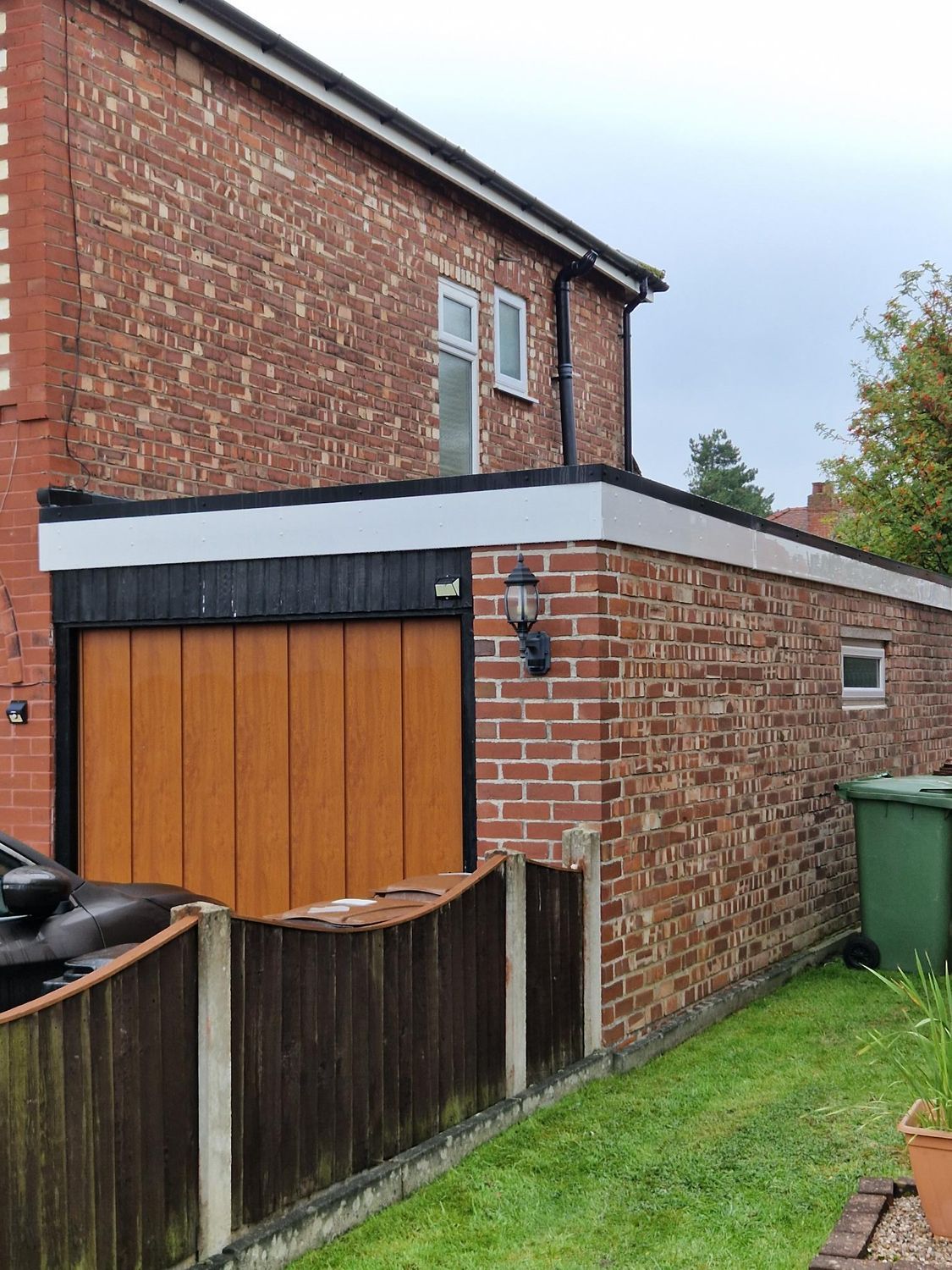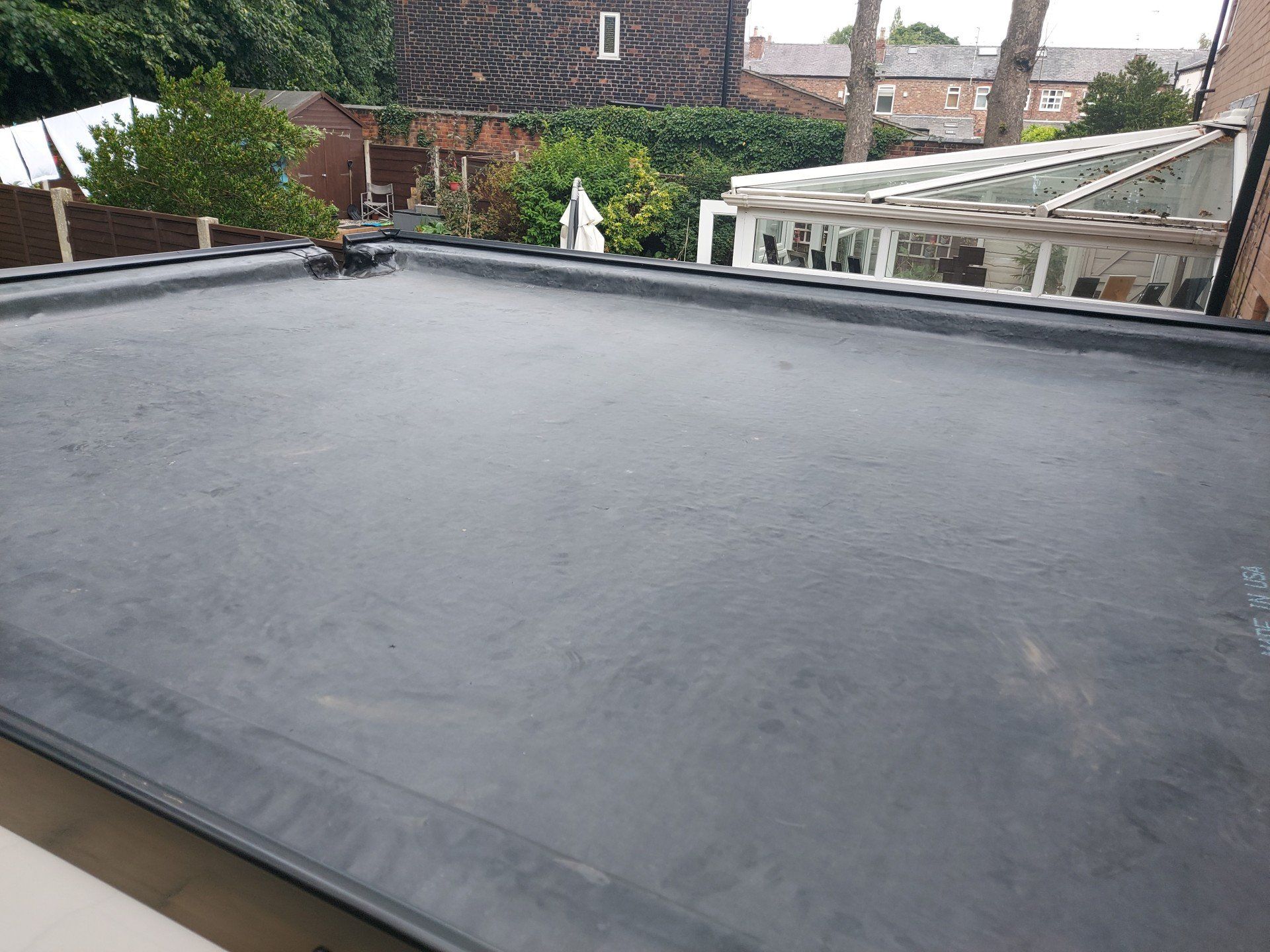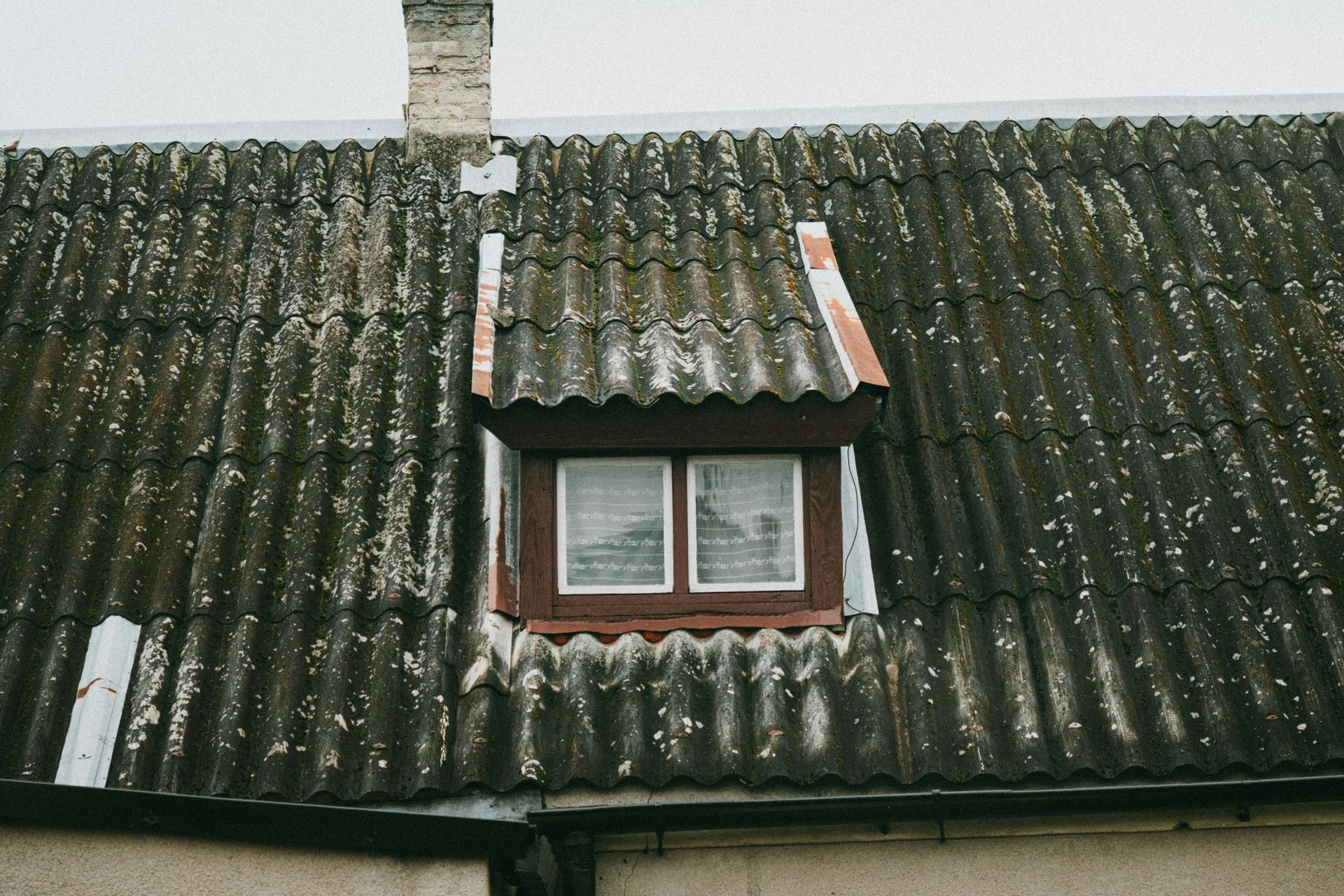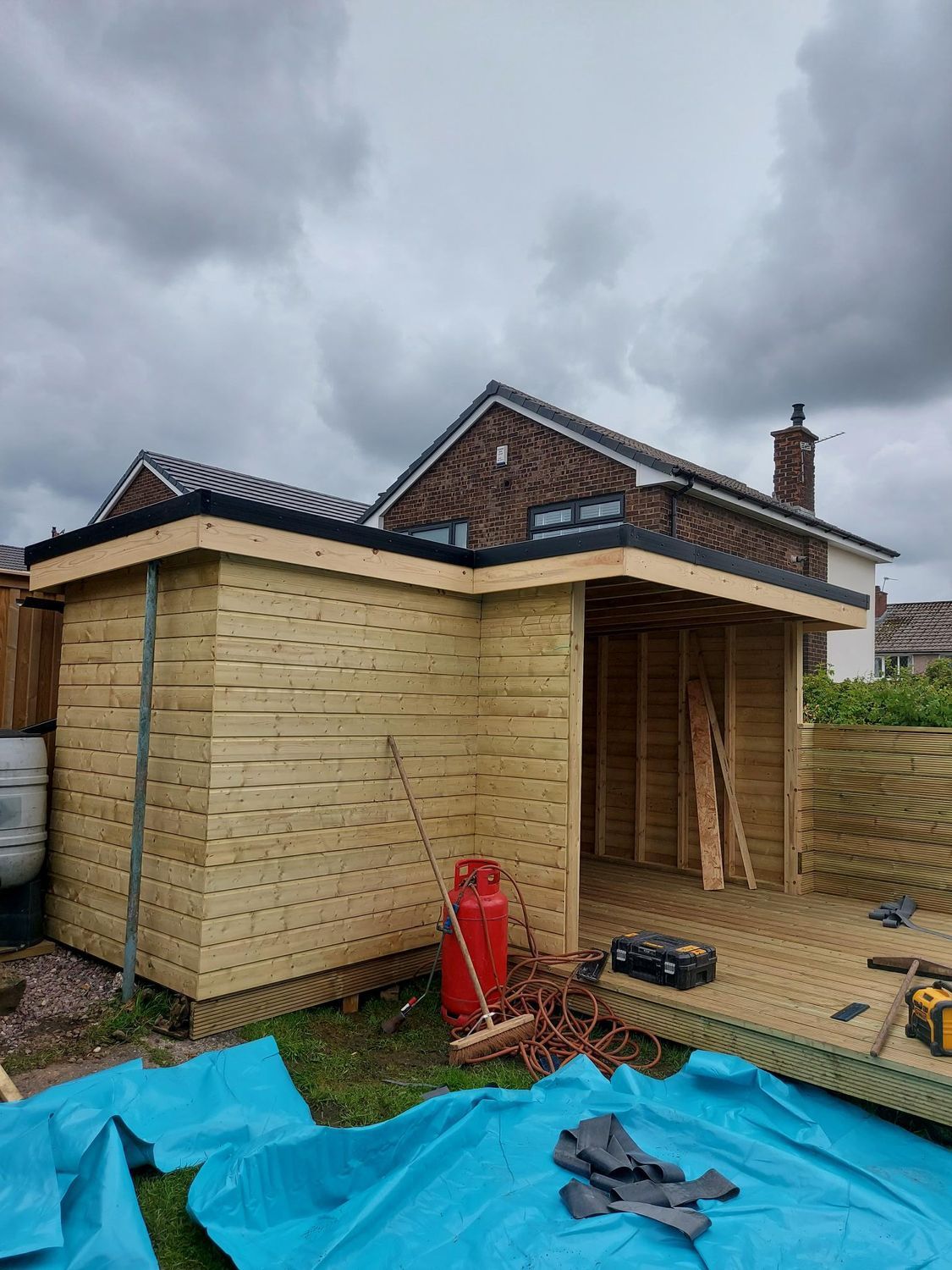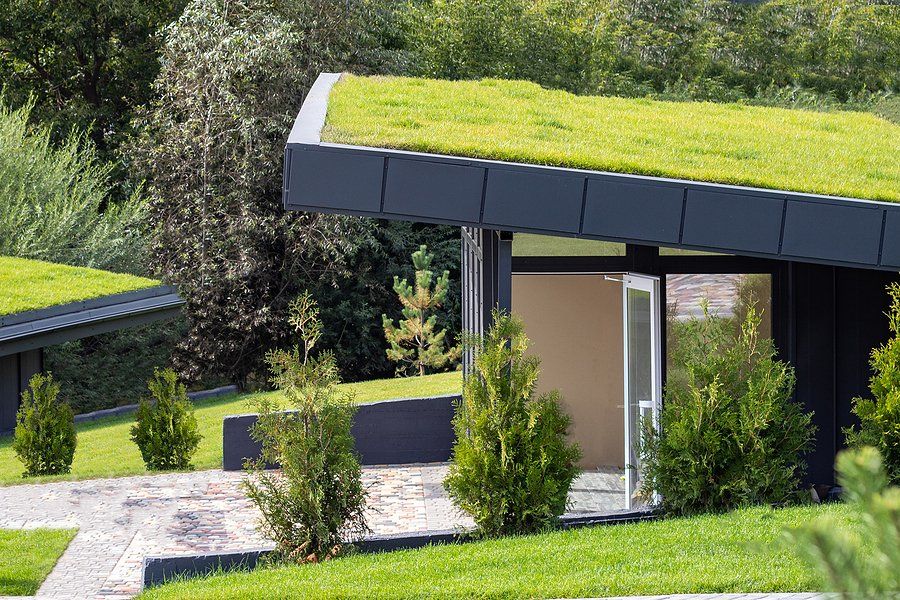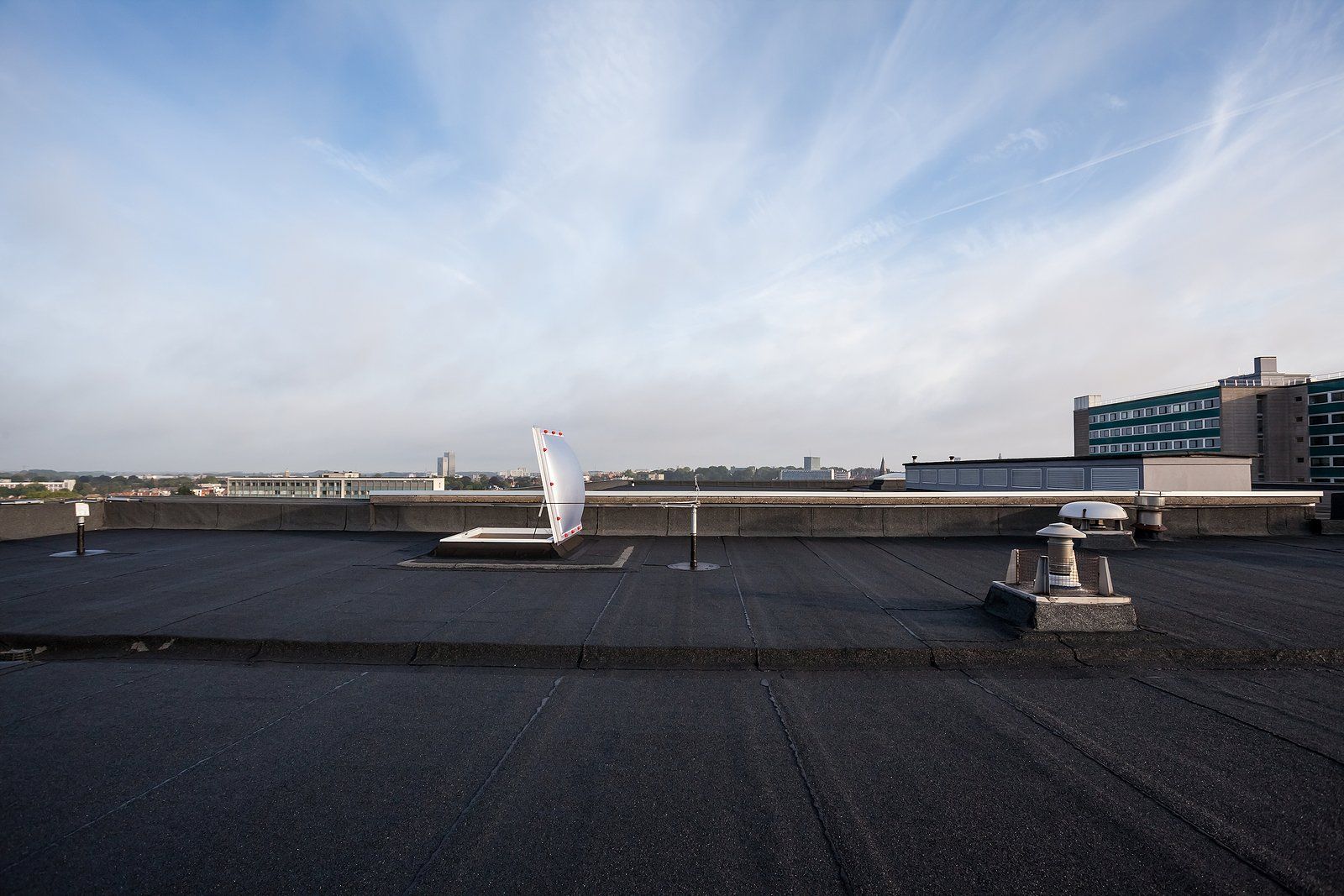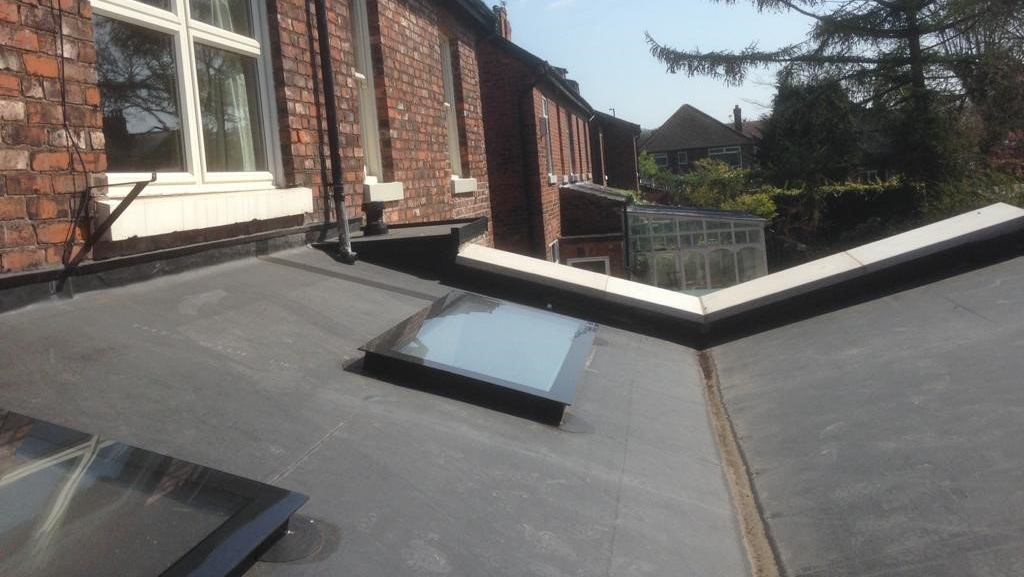What Should You Do If RAAC Concrete Is Found In Your Roof?
Over the past year, discussions about RAAC tiles and roofs have increased and intensified, and generally any homeowner with a concrete flat roof made between the 1950s and 1990s should get in touch with specialists to investigate whether the roof is made from the material.
RAAC, short for reinforced autoclaved aerated concrete, has been a major concern, as it has been found in schools, hospitals and theatres, and is such a concern that the UK government has been funding its removal over the past year from schools and hospitals.
It is made with a mix of cement, ash, fine sand, lime and gypsum, followed by water and aluminium powder, which creates a distinctive bubbled texture.
It became very popular because it was a very lightweight yet strong material with excellent fire-resistant properties, which made RAAC very useful as a roofing material.
The worry about RAAC is not only that it has a shorter lifespan than conventional concrete, but that it has the potential to fail without warning, which typically manifests in collapsed roofing tiles.
Also, because it is inherently porous due to the bubbles throughout, it could potentially weaken the wire fabric or rebar used to reinforce it.
Generally, RAAC concrete can be identified by v-shaped grooves on the surface of the roof, but it can also be spotted through issues with ponding water on the roof affecting its ability to channel water away, sagging or cracking at the edges of panels.
Any of these signs are exceptionally concerning signs and a qualified flat roof expert should be contacted. Whilst not all RAAC tiles contain asbestos, there have been cases where both have been found at the same time and given the risks of asbestosis, the tiles need to be removed carefully and replaced with a modern flat roof.

